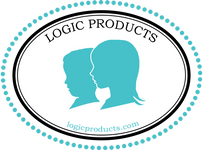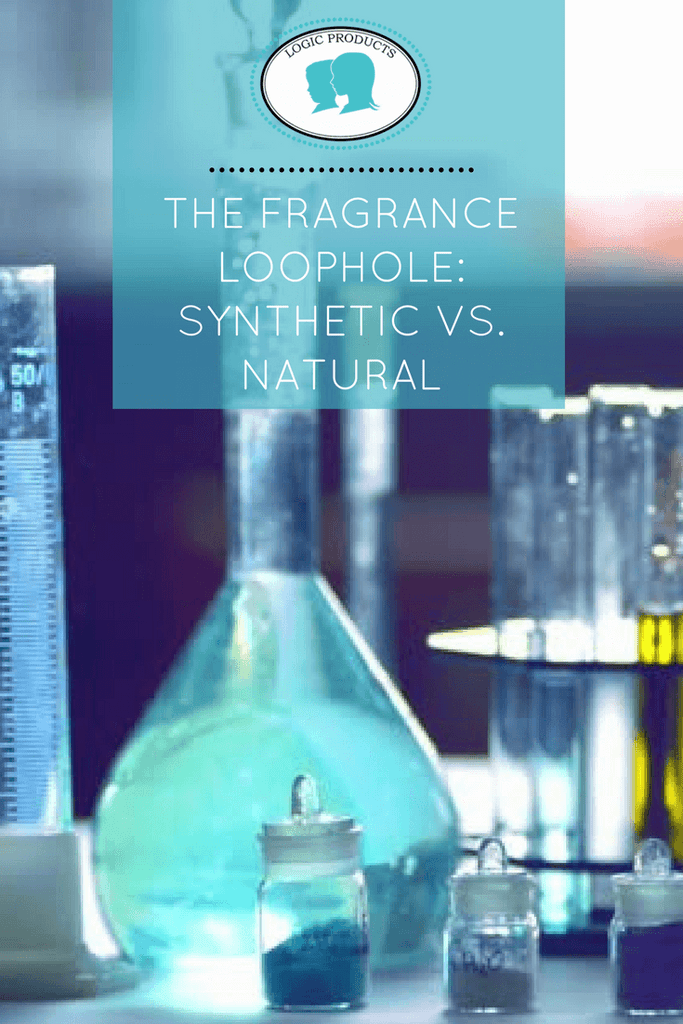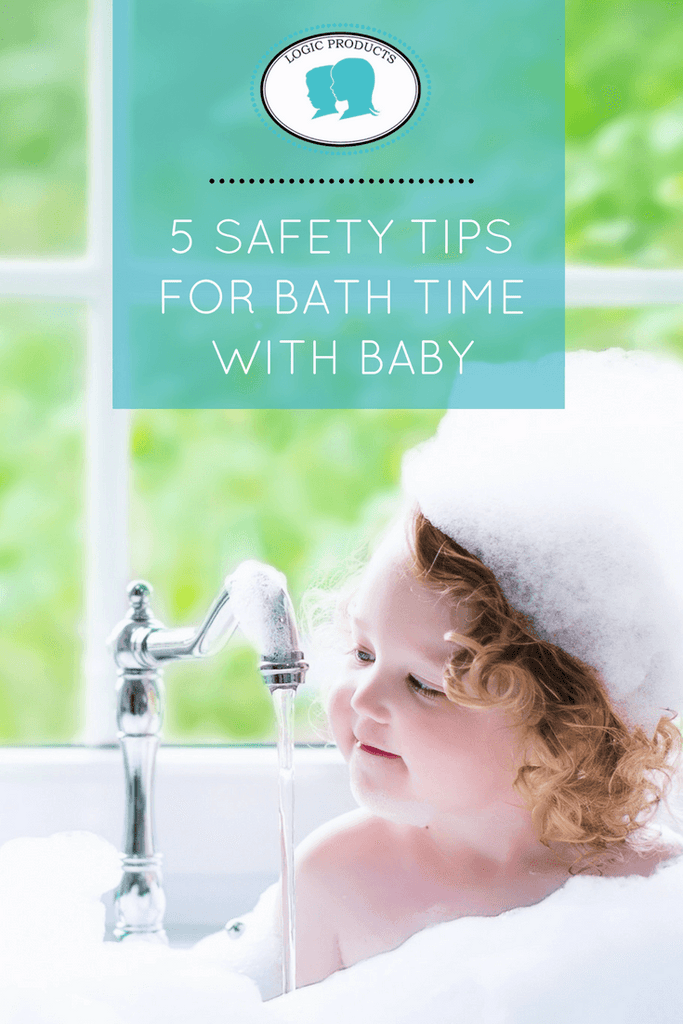Nobody wants to hear this four letter word:
L – I –C – E!
So if your kids bring home some unwanted guests from camp or school, here is what every mom needs to know on how to get rid of lice safely and effectively.
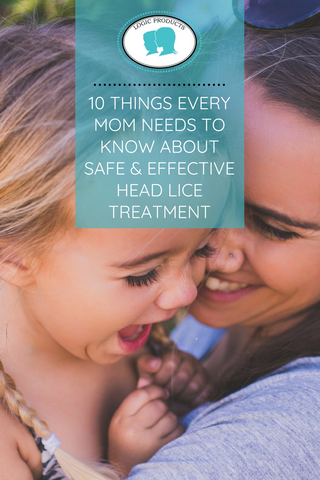
1) Don’t’ panic. Lice is a common occurrence. One out of three kids between the ages of 3 and 12 will contract head lice. So chances are high that your child or kids will get lice at least once during childhood and need lice treatment.
2) Lice is very contagious so all members of the family need to be checked for lice. If you do not inspect all heads, you may get rid of head lice on one person, only to find the next family member has an active lice infestation. Lice has a tendency to infest groups of people such as families, camps, and school classrooms.
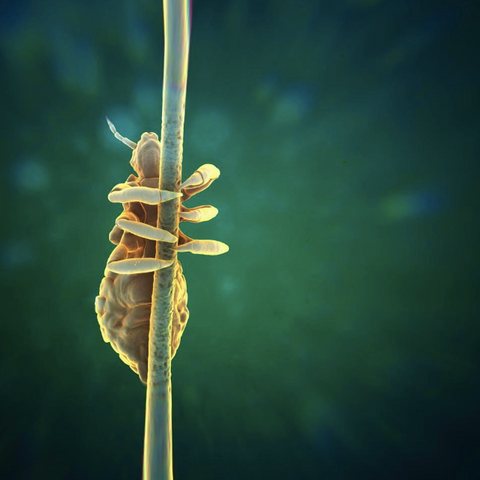
3) Not all lice treatment products are created equal so do not grab the first lice treatment shampoo you find. Here is the key: Avoid pesticide laden lice treatment products. Typically pesticide based lice treatment shampoos and lotions are not only toxic and dangerous, but many are ineffective due to the pesticide resistance lice have built up over decades. Lice and lice eggs, also known as nits, have now become immune to many of these pesticides commonly found in OTC and prescription based lice treatment shampoos and anti lice lotions .
4) The best way to get rid of lice is to find a natural enzyme based shampoo that is pesticide free and safe for repeat and daily use like LiceLogic Clear & Free Shampoo or LiceLogic Clear & Free Mousse. Lice cannot become immune to natural enzyme based lice treatment shampoos.
5.) A sturdy metal nit or lice comb is mandatory to get rid of lice efficiently and effectively. Look for a lice and nit comb with metal teeth very close together. Learn how to do a lice comb out, as there is a method to removing all lice and nits, which are lice eggs, from the hair. Lice and nits do not wash away, and must be removed either by nit combing or manually by sliding the nits down the hair shaft and disposing carefully down the drain.
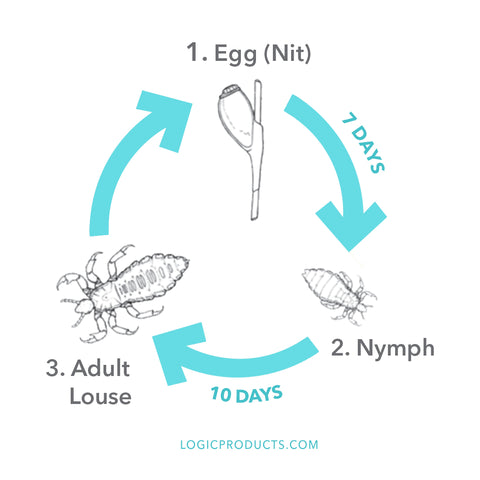
6) Inspect each treated head to ensure you are now rid of lice and nits, and continue to inspect all family members on a daily basis for the next 7-10 days and then on a weekly basis.
7) It is a good idea to continue to use a natural and safe enzyme based Lice treatment shampoo for the next several days to avoid re-infestation until the entire family, classroom, peer group, or camp is rid of lice.
8) It is important to tell the other parents that your children have been in contact with, that you are treating head lice. This helps stop the spread of lice and decreases the chance of getting lice again from family, friends, and classmates. It only takes on person to start the spread of lice all over again.
9) Do not feel embarrassed or ashamed that your family has head lice. Lice is very common, and it does not mean you are a “dirty” family or a “bad parent.” Lice can happen to anyone at anytime. Once you know what to do and how to get rid of lice, it is not as difficult or overwhelming as it seems.
For more info, click here, read Jill's lice story here or view our lice logic collection here.
